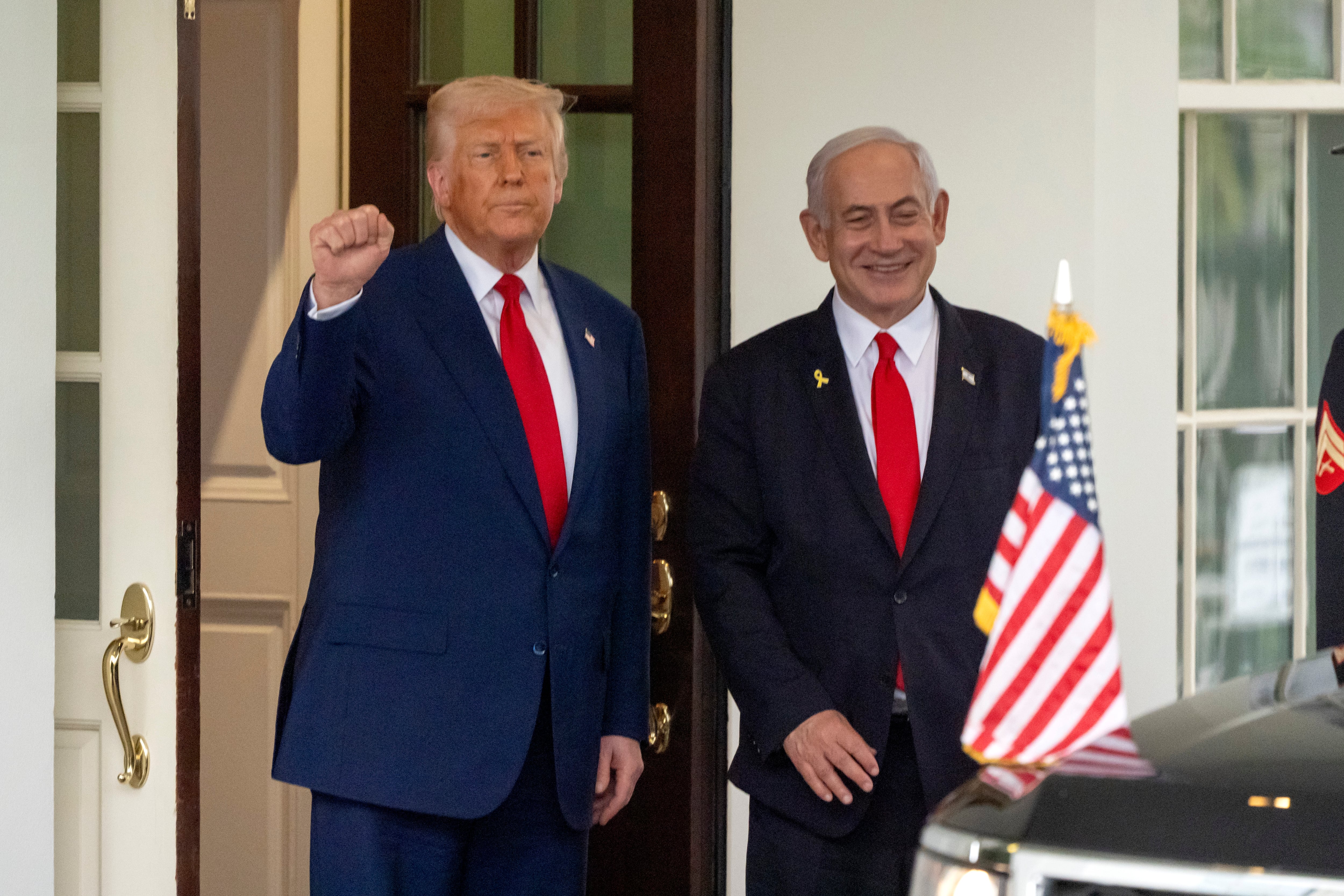ORLANDO, Fla. — Here’s something everyone can agree on: The way the public views veterans isn’t always accurate.
Take the assumption that all veterans have served in combat and have post-traumatic stress disorder, for example. Or that people only go into the military because they can’t get into college.
Those are just a couple of the “persistent, recycled myths” about veterans that Syracuse University researchers addressed during a session at the Student Veterans of America National Conference Friday, using both federal data and an 8,600-person survey of the military community to debunk some of the most common misconceptions about the nation’s youngest generation of veterans.
On one hand, studies by Gallup, Pew Research and others have shown there is “enormous public support (for the military) but at the same time a tremendous gap in knowledge about who we’re supporting,” said Corri Zoli, director of research at Syracuse’s Institute for National Security and Counterterrorism. “They don’t have a lot of granular detail about who they’re supporting and why.”
Myth 1: Veterans are a small subset of the population.
The number that’s often thrown out is 1 percent, but that applies to active duty troops, researchers said. As of 2017, federal data show veterans make up 8 percent of the U.S. population, with post-9/11 veterans the fastest growing group among them.
Myth 2: Veterans join the military because they could not get into college and are uneducated.
According to federal data collected in the 2017 Current Population Survey, 35 percent of post-9/11 veterans have a bachelor’s degree or higher, compared to 31 percent of all veterans and 32 percent of the general U.S. population.
Rosalinda Maury, a researcher with the Syracuse Institute for Veterans and Military Families, said education benefits tend to be a top recruiting incentive, and the military promotes and prepares service members for post-secondary education.
Other research has found this to be true as well. A 2017 RAND Corporation study found education to be one of the most commonly cited reasons new recruits gave for joining the military.
Myth 3: The military is a homogeneous population.
“The fact of the matter is the military is the most diverse, ethnically and racially diverse, public institution,” Zoli said. “That’s a fact.”
Not everyone is male, white and has the so-called “Ra Ra USA” attitude so often attributed to veterans, she said.
While, yes, veterans are predominantly male, and the majority are white, women are the fastest growing group of veterans, Zoli said, and racial minorities make up a higher proportion of the post-9/11 veteran population than older veterans.
They also come from a variety of states, family backgrounds and life experiences that add to their diversity.
Myth 4: Veterans have a limited skill set and pursue careers similar to their military specialization.
“There’s this common misconception that what you did in the military is what you’re going to do post military life,” Maury said. “What we found is that the majority actually wanted to pursue something completely different.”
In the researchers’ survey of more than 8,500 service members, veterans, reservists and military dependents, 55 percent said they wanted to pursue a different career not related to their MOS.
Maury said there was a similar split among entrepreneurs, about half of whom started a business related to their military skills.
Myth 5: Veterans are broken heroes.
This myth has made its way even to college campuses, where veteran advocates like Sarah Skelton, a psychologist at Texas A&M University Corpus Christi, are working hard to change the narrative.
In an interview following her session at the conference, “Destigmatizing Veterans on Campus,” Skelton said when she first arrived at her university a few years ago, the tab for veterans on the school’s website was essentially just a list of PTSD symptoms. And although well-intentioned, that carried with it a lot of assumptions about student veterans.
“One of the things that I educate people on is: We are less likely to see somebody (in counseling) for service-connected disability … than we are for stress related to being a nontraditional student,” she said.
In other words, the normal stressors of being a first-generation college student or balancing a full-time job and family life with school, as many veterans do, can have more of an impact on their education than PTSD, a diagnosis that also has varying degrees of impact, she said.
Through staff training, peer-to-peer networks and various other engagements with stakeholders, Skelton said she has worked to reframe the conversation on veterans from a starting point of “They’re broken and disabled” to “This is what they bring to campus.”
“They bring the leadership skills that we really want to see for our students,” she said.
In the Syracuse study, researchers found that while more than 3.9 million veterans have a recorded service-connected disability that takes a toll on their personal and professional lives, they’re not living as though they’re broken.
In spite of these challenges, 88 percent of veterans surveyed said joining the military was a good decision, and 79 percent gave credit to the military for their success.
Many are civic-minded, pursuing careers in social work, law enforcement and other fields in which they can continue to serve others. They support existing veteran service organizations and create new ones, including Student Veterans of America, which will celebrate its 11th year later this month.
“All across the board you’re seeing it, in all of their decisions,” Zoli said. “This idea that folks want to contribute to public life and are engaged and participating in a public way debunks this idea of the broken hero.”
Military Times contributor and former reporter Natalie Gross hosts the Spouse Angle podcast. She grew up in a military family and has a master's degree in journalism from Georgetown University.





